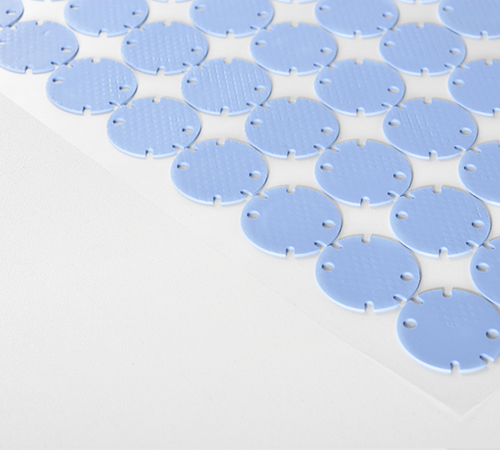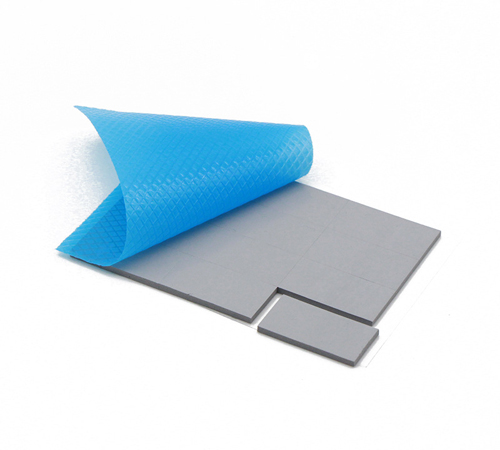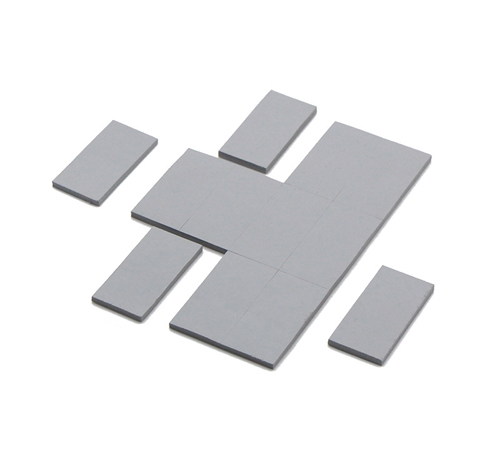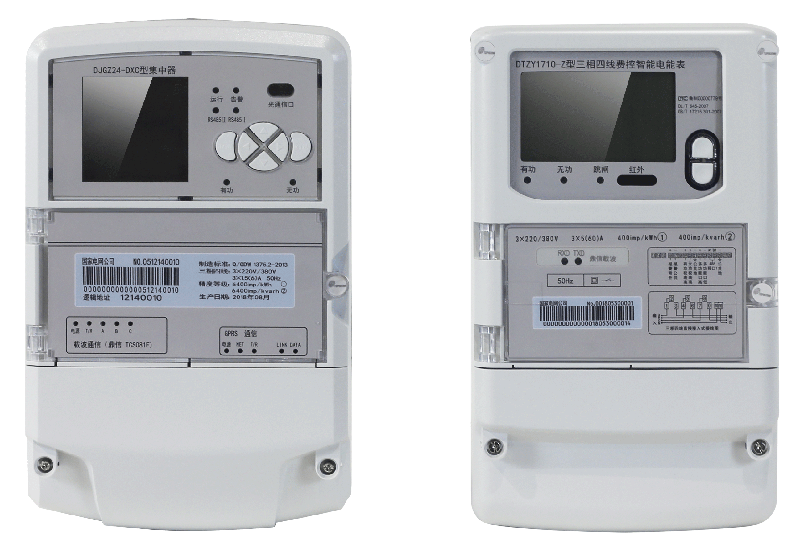
Smart meters, as key devices in modern power systems, are crucial for power measurement and data transmission. With continuous technological advancements, smart meters have integrated more functions and higher computational capabilities. However, this also brings higher power consumption and heat dissipation challenges. Effective heat dissipation is essential to ensure the stable operation and longevity of smart meters. Thermal conductive silicone pads, as a new type of heat dissipation material, have gradually become an ideal solution to smart meter heat dissipation problems due to their superior thermal conductivity and excellent physical properties.
Working Principle of Thermal Conductive Silicone Pads
Characteristics of Thermal Conductive Silicone Pads
1. High Thermal Conductivity: The thermal conductivity of silicone pads typically ranges from 1.0 W/m.k to 10.0 W/m.k, allowing them to quickly transfer heat, ensuring the device temperature remains within a safe range.
2. Good Flexibility and Compressibility: Silicone pads can effectively fill irregular surfaces inside the device, enhancing thermal performance without exerting mechanical stress on electronic components.
3. Electrical Insulation: Most silicone pads have excellent electrical insulation properties, ensuring that thermal conductivity does not affect the electrical performance of the device.
4. Temperature Resistance: Silicone pads can work stably within a wide temperature range of -40-200℃, adapting to various extreme working environments.
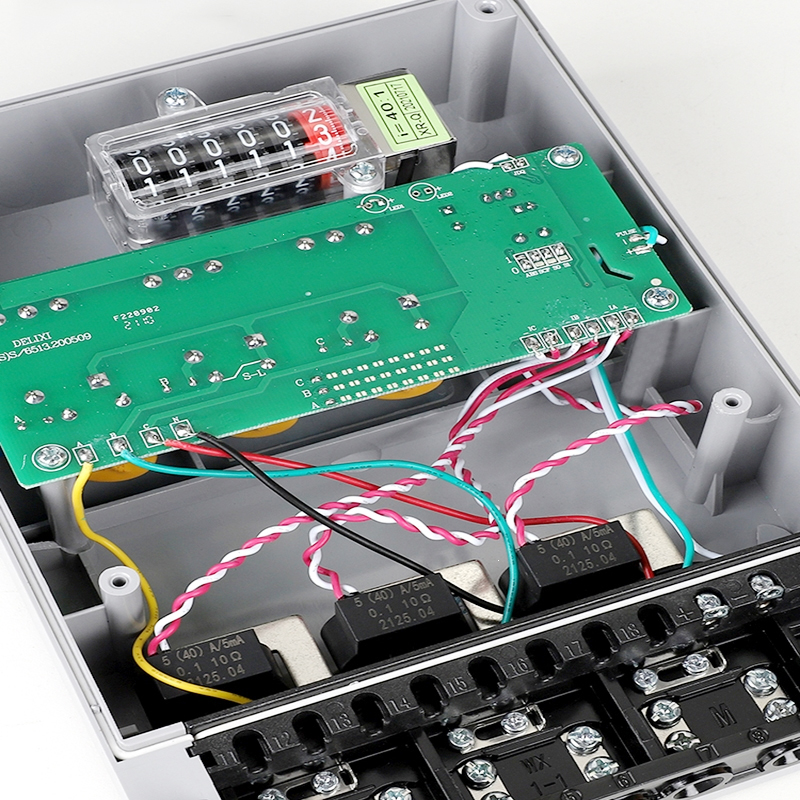
Heat Dissipation Demand Analysis
Application Advantages of Thermal Conductive Silicone Pads
1. Improved Heat Dissipation Efficiency: By attaching thermal conductive silicone pads to key heat sources (such as microprocessors, power modules) within smart meters, heat can be quickly transferred out, enhancing overall heat dissipation efficiency.
2. Ensuring Stability and Reliability: Effective thermal management helps maintain stable internal temperatures, reducing component aging and failures due to overheating, thereby improving the stability and reliability of the device.
3. Simplified Installation and Maintenance: The flexibility and moldability of silicone pads make them easy to apply to devices of various shapes and sizes, simplifying installation and reducing the need for frequent maintenance.
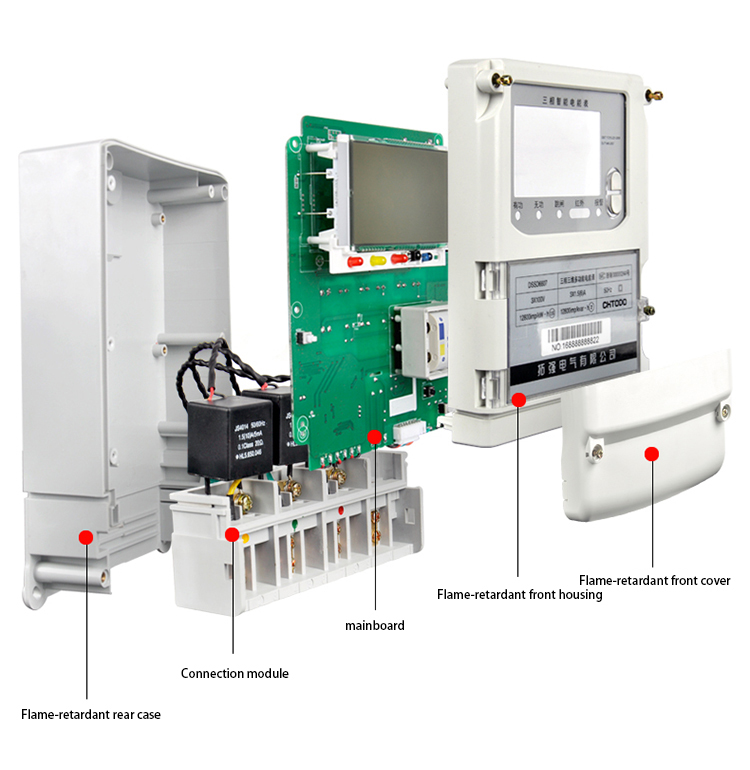
Case Study
Due to the NF150-500's high thermal conductivity of up to 5 W/m.k and customizable thickness from 0.5mm to 20mm, it can be tailored to different heat dissipation needs. In practical applications, Nfion’s thermal conductive silicone pad NF150-500 effectively lowers the temperature of key components in smart meters, enhancing device stability and longevity. Its dustproof, moisture-proof, and insulating properties also provide strong support for the safe operation of smart meters.
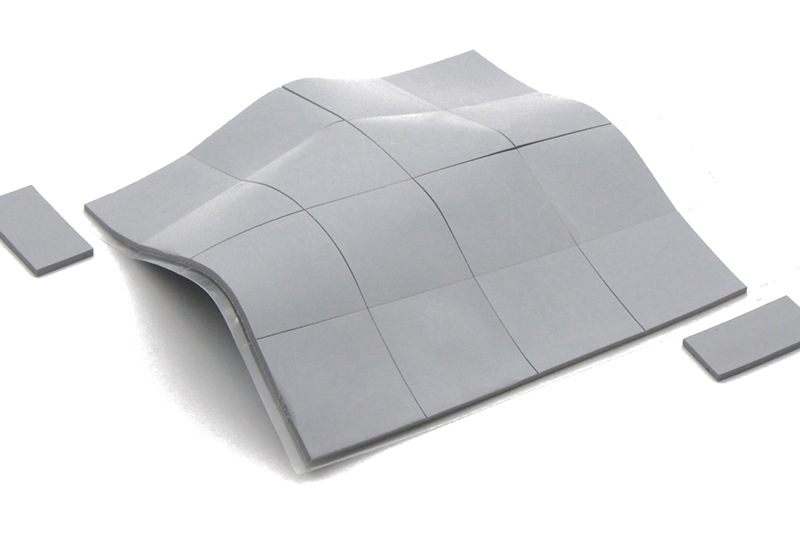
Conclusion
 CN >
CN >
